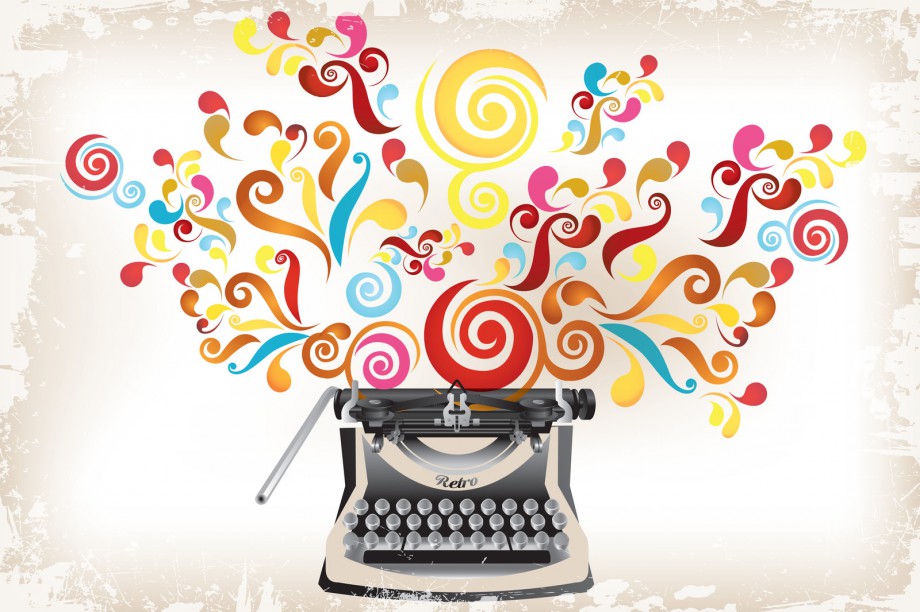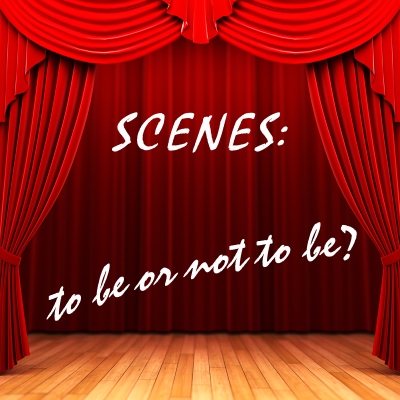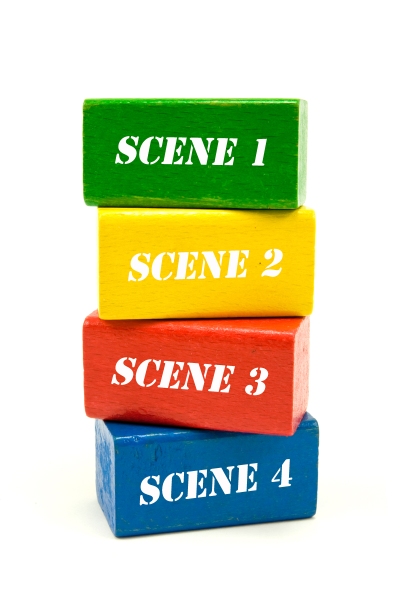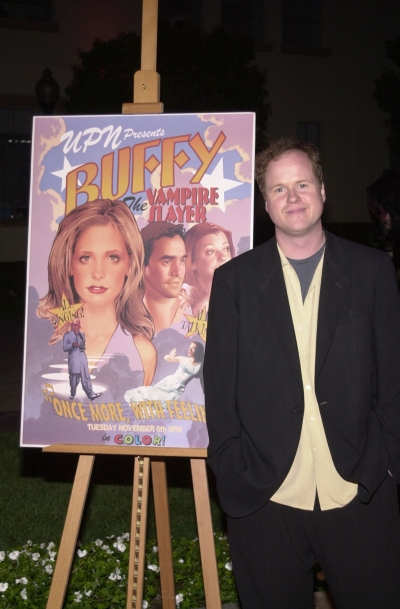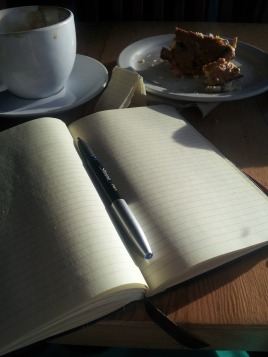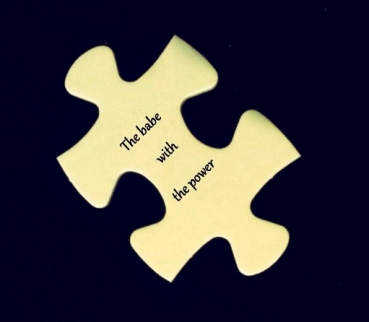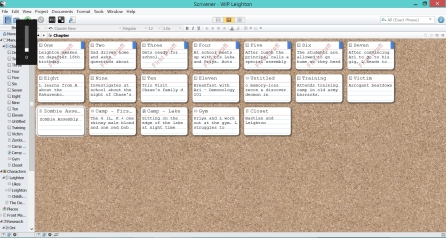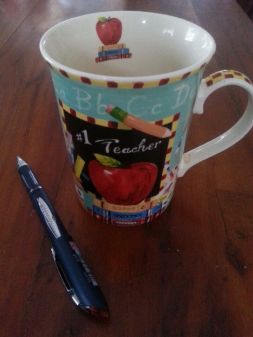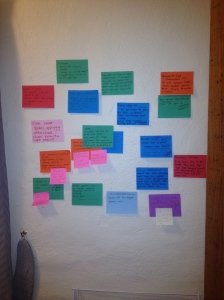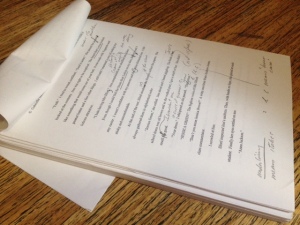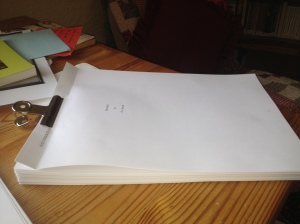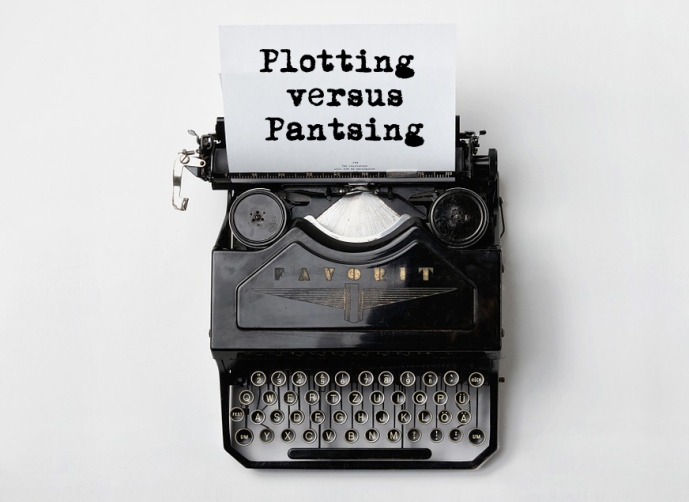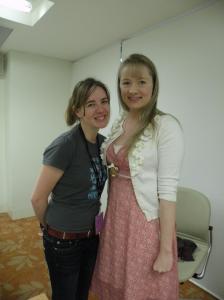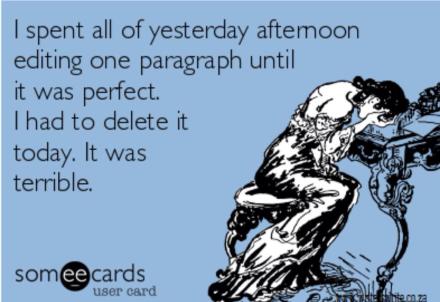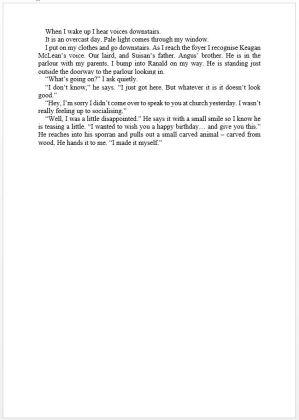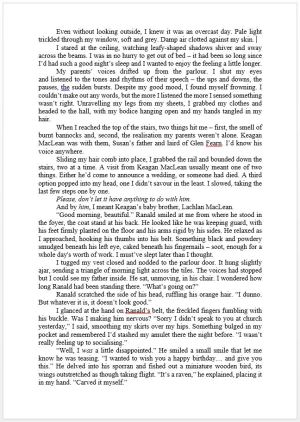Revision. It’s something every writer must face at some point in their writing journey.
This month, Fiona, Gabbie and I will take turns delving into specific aspects of the revision process.
Scenes. The building blocks of a novel. A well-written scene captures the reader’s attention, holds it and then leaves the reader wanting more. But what makes a scene well-written?
From what I have gathered over the years, from participating in writing courses, researching on the net, and trial and error, is that it boils down to one thing: a scene must move the story forward. Of course, other things are important too – like good grammar, interesting dialogue, vivid world building and all that jazz.
But if a scene doesn’t move the story forward, it’s pointless. It’s weak. It’s failing to live up to its potential. Effectively, the writer is taking a huge risk that they will lose the reader’s attention, and the reader will put down the book, walk away and never return. They’re also squandering the opportunity to make their novel a page-turner.
So how does a writer who is revising their novel determine whether their scenes advance the story?
A scene that moves the story forward has three elements:
(i) Setting and Action – it informs the reader of where the character is and what they are doing.
(ii) GMC (goal, motivation and conflict):
- Goal – what the character wants;
- Motivation – why the character wants to achieve this goal;
- Conflict – the obstacle preventing the character from achieving this goal. This can be another character (whose goal is at odds with the main character’s goal) or an external obstacle.
(iii) Twist – something that changes everything.
It can be something that surprises the reader or raises new questions. This is the element that drags the reader into the next scene and makes your novel a page-turner – by making the reader want to know more.
A good place to study scenes is – surprise, surprise – in movies and television series. Screenwriters are very adept at crafting effective scenes. It might have something to do with the fact that time restraints (and therefore screenplay length) are extremely limited, so every scene must count.
To illustrate, let’s analyse a scene from a TV series many people are familiar with – Buffy the Vampire Slayer – written by, none other than screenwriting legend, Joss Whedon.
Scene 1, Episode 1 – Welcome to the Hellmouth.
Setting and Action
A boy and a girl are breaking into a school at night.
GMC – this scene is stuffed full of GMC.
The boy wants to go up on top of the gym. He says it’s because the view up there is amazing. But really he wants to get the girl alone and make out.
The girl doesn’t want to go up there. She’s scared and doesn’t want to get into trouble. Or maybe she simply doesn’t want to make out with the boy – after all, if you can see the whole town from up there, the whole town can probably see you.
They hear a noise. She thinks it’s something to be concerned about. He doesn’t.
Conflict, conflict, conflict.
Then BOOM!
Twist
She is a vampire. So there was something to be concerned about – just not what the boy (or viewer) was expecting.
Some things to keep in mind:
- A scene must end after the twist – if the scene continues, you lose the I-have-to-read-more effect on the reader.
- The twist doesn’t have to be an earth-shattering event – it can be subtle (eg. a new character arriving on the scene, the main character becoming aware of something previously hidden to them). For example, in Scene 2, Episode 1 of Buffy, Buffy is trapped in a nightmare. She wakes up and then her mother calls out “you don’t want to be late for your first day”. This new piece of information is the twist and pulls the viewer into the next scene – Buffy’s first day at a new school.
- A good way to determine whether your scene moves the story forward is by looking at your character. Does your character arc within the scene (ie. do they feel/act/think differently at the end of the scene than they did at the beginning)?
- Action doesn’t have to be a car chase or a fight scene. It can be introspection or dialogue, BUT ONLY if it moves the story forward. This can be through character development or by revealing backstory – but this new information must be critical (ie. it affects the main plotline or a subplot). Simply revealing generic information about a character or their past is not enough. For example, if your entire scene comprises your character waking up, eating breakfast and engaging in small talk with her mum about how the toaster keeps burning the toast, you need to get rid of it (even if the banter is witty and clever*) – UNLESS the overzealous toaster is critical to the story line (ie. your character suspects her mum is having an affair with the pool boy who just so happens to prefer his toast burnt)
* in the event that the witty banter reveals something cool about a character or relationship and you REALLY don’t want to throw it away, take that banter from the pointless scene and merge that into a scene that moves the story forward, or salvage the scene by adding some conflict and a twist.
Often pointless scenes creep into our stories because they are transition scenes – boring scenes we think we need to write to fill a gap between two incredible, story-changing, can’t-put-the-book-down scenes. Just get rid of them. Go directly from one critical scene to the next, and only write those scenes you can’t wait to write – these are the scenes the reader can’t wait to read. You can always add a few sentences to explain what happened in between if you feel it’s necessary.
And remember, scenes that are boring to write are boring to read.
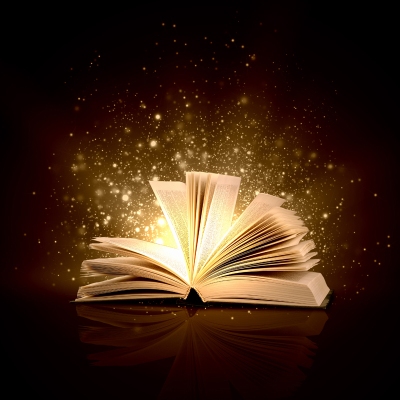
Want to make your novel a page turner? Inject some good old-fashioned action and GMC into your scenes… with a twist!
So that’s it from me.
In the next two weeks, Gabbie will be sharing some of her secret revision wisdom, and Fiona will be delving more deeply into the concept of GMC and how it relates not only to scenes but to the story as a whole.
